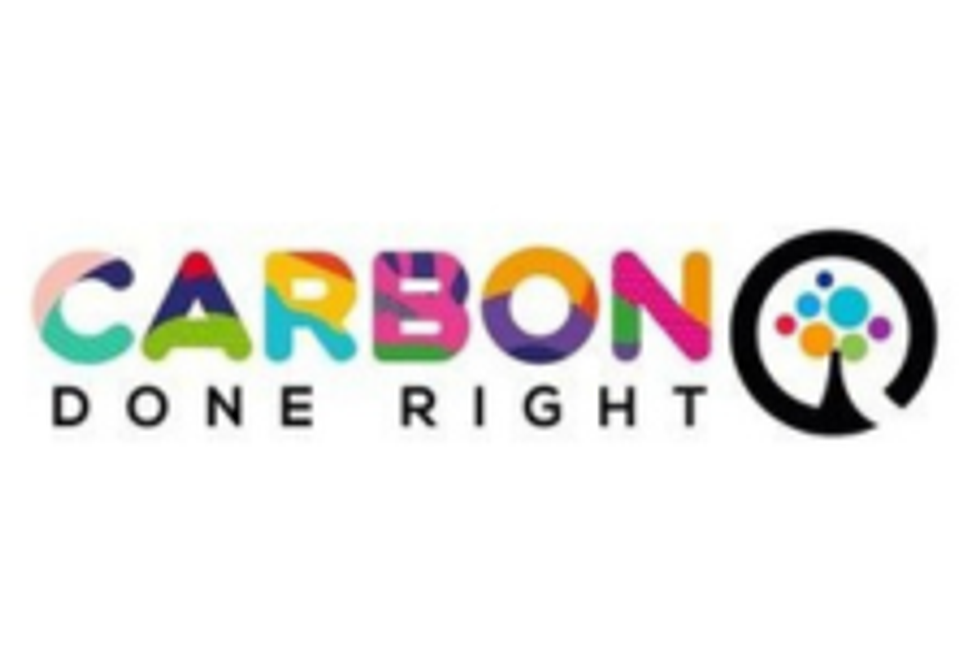- AustraliaNorth AmericaWorld
Investing News NetworkYour trusted source for investing success
- Lithium Outlook
- Oil and Gas Outlook
- Gold Outlook Report
- Uranium Outlook
- Rare Earths Outlook
- All Outlook Reports
- Top Generative AI Stocks
- Top EV Stocks
- Biggest AI Companies
- Biggest Blockchain Stocks
- Biggest Cryptocurrency-mining Stocks
- Biggest Cybersecurity Companies
- Biggest Robotics Companies
- Biggest Social Media Companies
- Biggest Technology ETFs
- Artificial Intellgience ETFs
- Robotics ETFs
- Canadian Cryptocurrency ETFs
- Artificial Intelligence Outlook
- EV Outlook
- Cleantech Outlook
- Crypto Outlook
- Tech Outlook
- All Market Outlook Reports
- Cannabis Weekly Round-Up
- Top Alzheimer's Treatment Stocks
- Top Biotech Stocks
- Top Plant-based Food Stocks
- Biggest Cannabis Stocks
- Biggest Pharma Stocks
- Longevity Stocks to Watch
- Psychedelics Stocks to Watch
- Top Cobalt Stocks
- Small Biotech ETFs to Watch
- Top Life Science ETFs
- Biggest Pharmaceutical ETFs
- Life Science Outlook
- Biotech Outlook
- Cannabis Outlook
- Pharma Outlook
- Psychedelics Outlook
- All Market Outlook Reports
Rights Issue and Shortfall
Use of Algae in Animal Feed Could Mitigate Rising Global Temperatures
A new peer-reviewed study has illustrated that the widespread use of algae in animal feed could limit the increase in global temperature and help to bring down atmospheric carbon concentrations to preindustrial levels by the end of the century.
A new peer-reviewed study has illustrated that the widespread use of algae in animal feed could limit the increase in global temperature and help to bring down atmospheric carbon concentrations to preindustrial levels by the end of the century.
According to the press release:
The analysis, “New feed sources key to ambitious climate targets,” published in the December 2015 issue of Carbon Balance and Management, details how the cultivation of algae for feed could free up millions of acres currently used to produce pasture and feed crops, reducing the tension that exists between food security and bioenergy crops. When combined with a modest application of carbon capture and sequestration (CCS) this approach can lead to dramatic reductions in atmospheric carbon. Replacing just 10% of agricultural feed with algae and capturing 25% of energy sector emissions could limit global warming to within 2°C. Higher combinations of algae feed and CCS are shown to result in a net decline in atmospheric carbon concentrations.
“This remarkable report shows that algae cultivation can play an outsized role in limiting greenhouse gas concentrations to levels that can avert the worst consequences of global warming, while also meeting the challenge of sustainably feeding a growing world population,” said Matt Carr, Executive Director of the Algae Biomass Organization. “Algae’s ability to consume waste CO2 from power plants, grow prolifically in waste or salt water and provide protein and oils makes it an incredible resource. This report is a strong case for increased investment in algae technology.”
Outlook Reports
Featured Cleantech Investing Stocks
Browse Companies
MARKETS
COMMODITIES
| Commodities | |||
|---|---|---|---|
| Gold | 2385.36 | +21.66 | |
| Silver | 28.93 | +0.79 | |
| Copper | 4.37 | -0.01 | |
| Oil | 85.80 | +0.39 | |
| Heating Oil | 2.67 | +0.01 | |
| Natural Gas | 1.68 | -0.01 | |
Investing News Network websites or approved third-party tools use cookies. Please refer to the cookie policy for collected data, privacy and GDPR compliance. By continuing to browse the site, you agree to our use of cookies.




